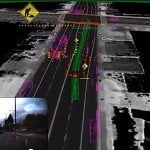“Well, I’ve never been in Austin Texas. Now, I’m driving in Austin, Texas,” said Steve Mahan, the first blind man to drive (alone) in a car. “It was a profound experience to ride in car by myself.”
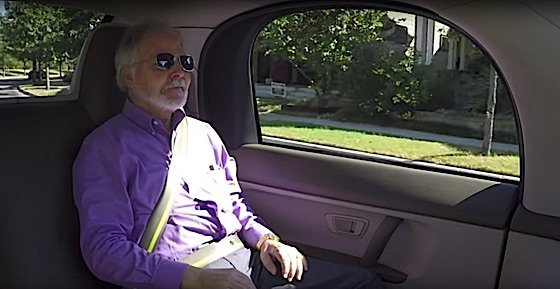
Self-Driving cars certainly might have specialized niches, such as bringing mobility to people otherwise unable to drive, or picking up a person who has been drinking, or just for the person who want to work on the long, slow commute to the office. Even kids can drive? The possibilities are intriguing, but will they ever be mainstream enough for drivers to give up that feeling of holding the wheel and pressing the pedal? [Just check out the reviewer video below with the Tesla semi-autonomous system; he tries to look away from the road, but can’t help himself.]
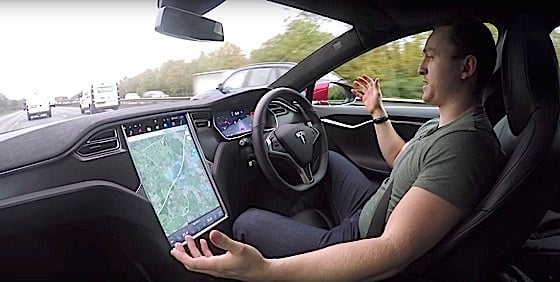
See our related story: Are We Ready to Let Go of the Wheel: Do Passengers Feel Safe?>>
How Close to Mainstream Adoption Are We?
The buzz continues for self-driving cars, but just how close to mainstream adoption is Google, Tesla, Uber, and the other players? Today, several more companies have joined the fray, and there has been the talk of an impending generation of vehicles which won’t require human assistance. The U.S. Department of Transportation issued the first guidelines for highly automated vehicles (HAVs), and it is speculated that by the end of the year, fully automated vehicles will be running on California roads.
Say Hello to Waymo, perhaps the most advanced tech so far:
Currently, self-driving cars are categorized into five different levels as defined by the U.S. Department of Transportation’s National Highway Traffic Safety Administration (NHTSA). Level 1 includes basic features such as self-parking, lane assist, blind spot monitoring, and brake assist. These vehicles are already on several roads in major European countries and the U.S.A. Levels 2 through 4 are vehicles which operate at increasing levels of autonomy, as the scale increases. Although these vehicles still rely on human interaction. There are currently no level 5 vehicles on public transportation ways, and these are the vehicles which tech giant Google is currently testing, where the steering wheel and brake and gas pedals are absent, and the driver has no way to drive the vehicle.
Five self-drivers in development:
Laws Slow to Catch Up, or Just Cautious?
Currently, states have begun legislations on the adoption of self-driving vehicles. However, just four states have enacted laws on the use of autonomous driving cars and in those states without any laws; it doesn’t mean the use of such vehicles is illegal, only that there are no specific authorizations for its use on state roads.
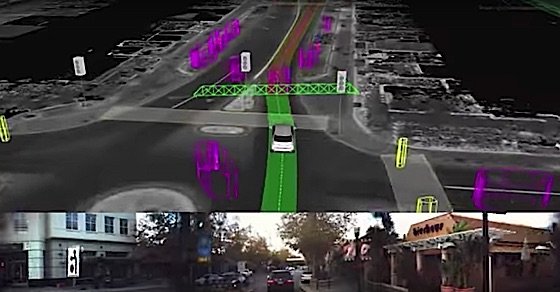
A 93-page report by Brian Solis, a brand analyst, released at the end of 2016 revealed that 2021 is the year in which companies have promised fully autonomous vehicles on the road. Solis thinks that these cars may not witness mass consumption then but would find use, especially in fixed public transportation routes, inner-city-ride-hailing services and universities.
Uber vs Waymo (Google)
Among the companies riding this wave of self-driving cars is Uber through its Carnegie-Mellon unit. It has tested its product in California and Arizona where it received a more welcoming reception. Google has also made significant strides in this market of self-driving cars, having spent about eight years working on self-driving car technology. The project is led by John Krafcik, former president and chief executive of Hyundai North America under Project name Waymo.
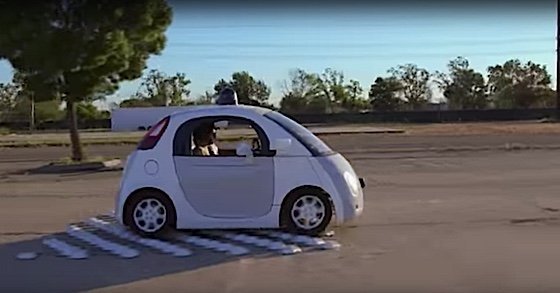
Other companies which are exploring the world of autonomous driving cars include Baidu, Lyft, AppleMobileye and of course, Tesla.
Semi-autonomous options already hitting the market in Tesla and others:
Traditional motor manufacturing companies like Ford, GM, Toyota, and Honda are not left out in this race towards self-driven car technology and have already begun testing cars in various markets.
Some have also beamed their search lights on smaller tech firms which are ahead of the curve in some aspects, electing to come either as investors or owning them out rightly as GM did with Cruise Automation in 2016, purchasing the company for $1 billion.
State and federal government bodies still have a huge role to play in achieving this dream of having fully-autonomous cars grace our roads as infrastructure and governance play a huge part in this dream. The National Highway Traffic Safety Administration recently published a draft automated vehicle policy with states asked to have their say on it. Several cities are working with vehicle manufacturers to get their roads ready for the entry of automated vehicles- from lanes to signs and obstructions, to safety rules and regulations.
Safety aspect: autopilots could react faster? Video:
Beyond looking at the companies working on self-driving cars, one has to consider the applications being built to drive this technology. The major area of focus for most companies are in logistics, purpose, industry, transportation and consumer. Also, there are several areas of applications such as retail, shuttle, deliveries, military, construction, tourism and much more.
The race towards having self-driving cars on our roads has taken off, and in only a couple of years, we may start seeing the first of such vehicles. There’s no finish line for this race though, as there’s still so much to be done seeing that not many persons are ready to see self-driving cars on our roads but over time, they will, one innovation at a time.
REFERENCES



























